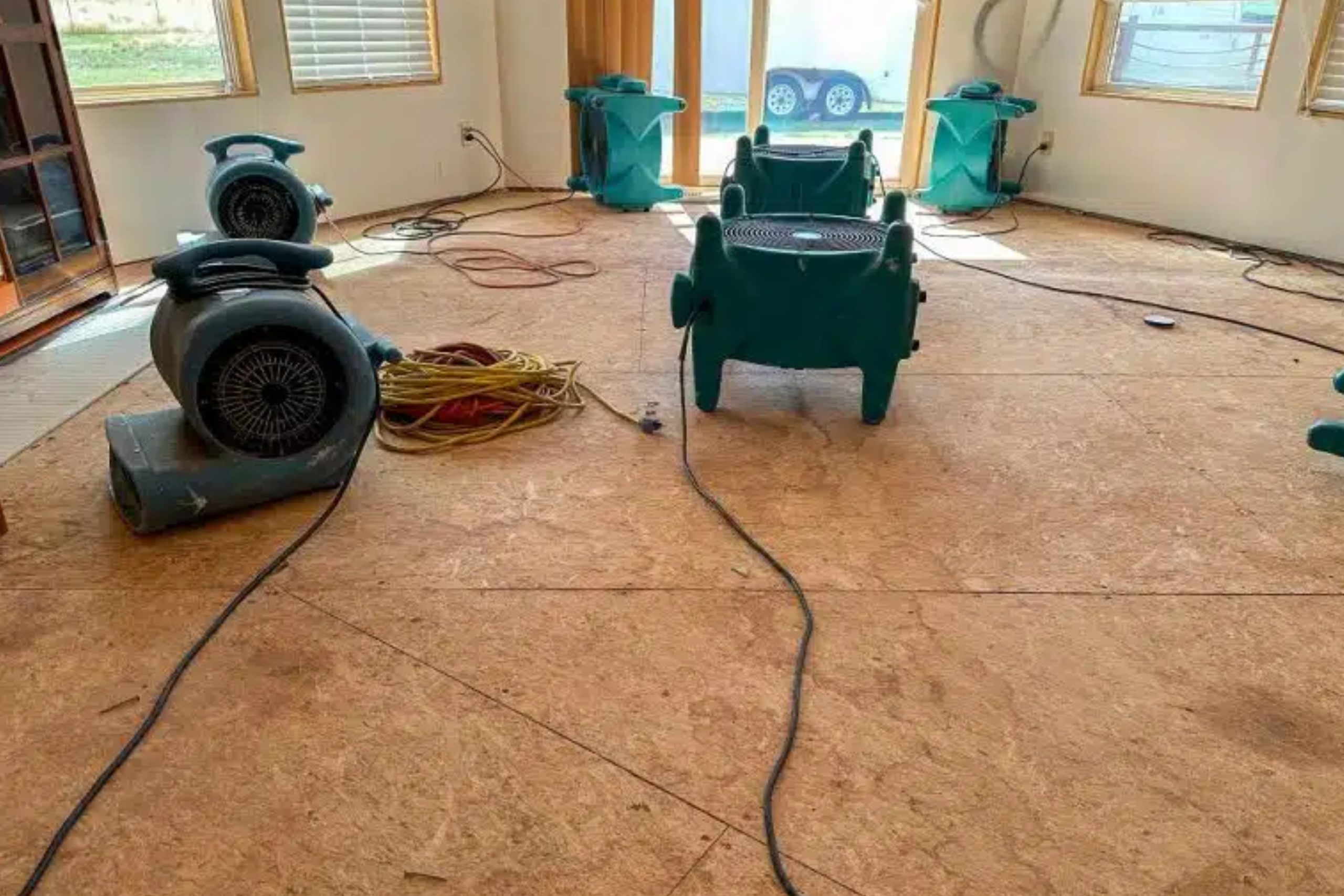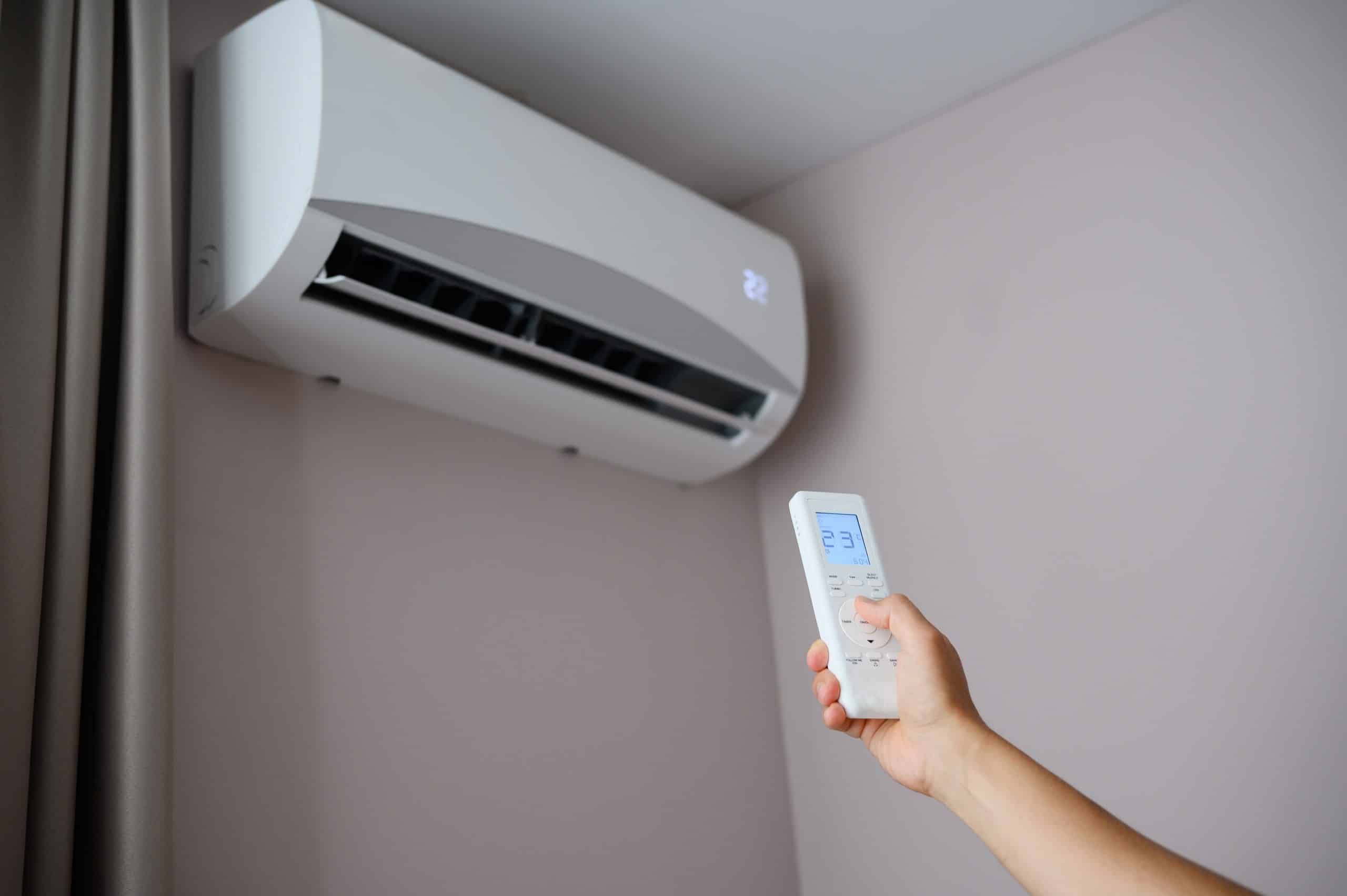Fact: Properly restored floors and furniture recover up to 90% of their original beauty and…

Handling Shower & Tub Overflow With Ease
Fact: Shower and tub overflows cause nearly one quarter of all bathroom water damage cases each year.
A sudden overflow in a guest’s tub or family bathroom disrupts routines and risks costly repairs. With a calm, clear plan, you can handle overflows safely, keeping your property dry and your occupants comfortable.
Cut the Water at the Source
Turn off the shower valve immediately. If it sticks, shut off the bathroom’s local valve—or in extreme cases, the home’s main water line break valve. Stopping the flow prevents more water from soaking floors and walls.
Ensure Electrical Safety
Water and electricity are a deadly mix. Cut power to nearby outlets and lighting circuits before entering the flooded area. If water reaches switches, have a licensed electrician inspect before cleanup continues.
Extract and Remove Water Fast
Use a wet/dry vacuum or water extraction & removal pump to clear standing water. Follow up with mops and towels to reach corners. Quick removal avoids hidden floor water damage under vinyl or tile.
Disinfect and Dry
Stagnant shower water harbors bacteria and soap residue. Scrub all surfaces with a bleach solution or an EPA-approved cleaner. Rinse thoroughly, then run fans or a dehumidifier to pull moisture from the air and walls—preventing mold and future structural restoration needs.
Clear Clogs and Prevent Repeat Overflow
Remove the drain cover and snake out hair and soap scum that cause clogged drain overflow. If problems persist, schedule a plumbing overflow cleanup service to inspect vent stacks and deeper lines, preventing recurring bathroom sink overflow or kitchen sink overflow issues.
Repair Damaged Materials
If water warped drywall or softened trim, cut out wet sections and replace with moisture-resistant materials. Recaulk seams around tubs and tile edges to block future leaks—a simple step that cuts down on flood damage cleanup calls.
Maintain Bathroom Systems
Check hoses and fittings on sinks and tubs to prevent appliance leak cleanup emergencies. Replace brittle hoses to avoid broken water pipe repair calls mid-occupancy. Inspect the hvac discharge line repair area if you have a bathroom fan that drains condensate onto the roof.
Stock a Quick-Response Kit
Keep gloves, rags, disinfectant, and a small extractor in the bathroom. Having tools on hand turns a potential crisis into a fast maintenance task, eliminating the stress and cost of full water damage restoration.
Train Tenants and Staff
Educate everyone in your building on signs of slow drainage or leaks. Prompt reporting—“the shower drains in ten minutes, not two”—lets you fix a minor issue before it becomes a burst pipe damage cleanup scenario.
Document Every Incident
Log dates, causes, and fixes for each overflow. Photos strengthen insurance claims for storm and wind damage cleanup if weather-related issues compound an overflow, and they help spot patterns for preventive action.
By stopping the flow, extracting water quickly, disinfecting thoroughly, clearing clogs, and fixing the root cause, you turn any shower or tub overflow into a manageable event. With simple training, a response kit, and trusted pros on call, you’ll keep bathrooms—and your entire property—dry, safe, and stress-free.



